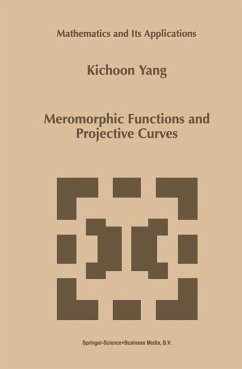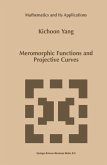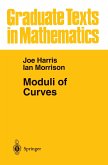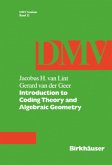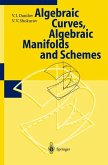This book contains an exposition of the theory of meromorphic functions and linear series on a compact Riemann surface. Thus the main subject matter consists of holomorphic maps from a compact Riemann surface to complex projective space. Our emphasis is on families of meromorphic functions and holomorphic curves. Our approach is more geometric than algebraic along the lines of [Griffiths-Harrisl]. AIso, we have relied on the books [Namba] and [Arbarello-Cornalba-Griffiths-Harris] to agreat exten- nearly every result in Chapters 1 through 4 can be found in the union of these two books. Our primary motivation was to understand the totality of meromorphic functions on an algebraic curve. Though this is a classical subject and much is known about meromorphic functions, we felt that an accessible exposition was lacking in the current literature. Thus our book can be thought of as a modest effort to expose parts of the known theory of meromorphic functions and holomorphic curves with ageometric bent. We have tried to make the book self-contained and concise which meant that several major proofs not essential to further development of the theory had to be omitted. The book is targeted at the non-expert who wishes to leam enough about meromorphic functions and holomorphic curves so that helshe will be able to apply the results in hislher own research. For example, a differential geometer working in minimal surface theory may want to tind out more about the distribution pattern of poles and zeros of a meromorphic function.
Bitte wählen Sie Ihr Anliegen aus.
Rechnungen
Retourenschein anfordern
Bestellstatus
Storno

